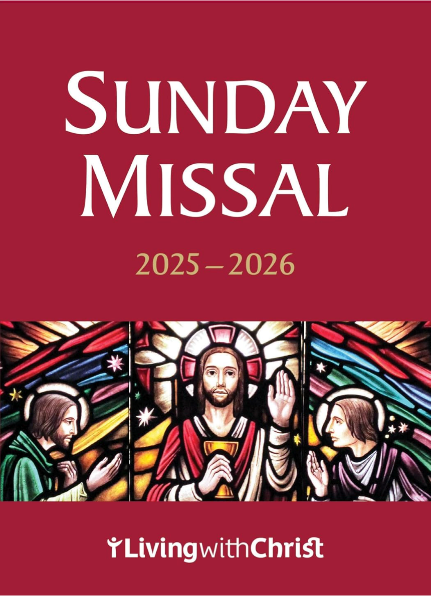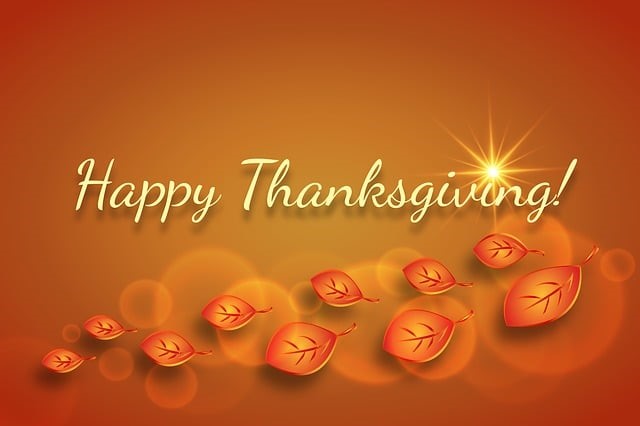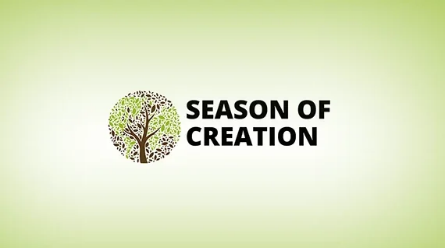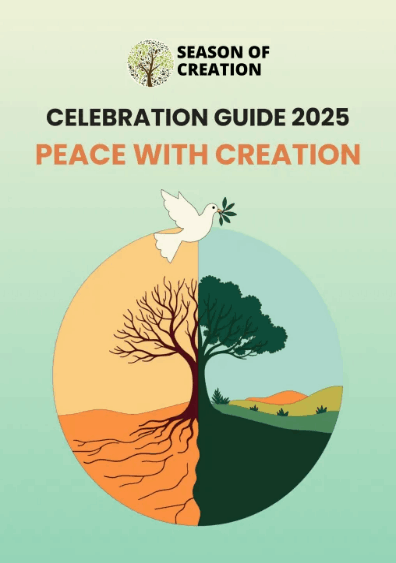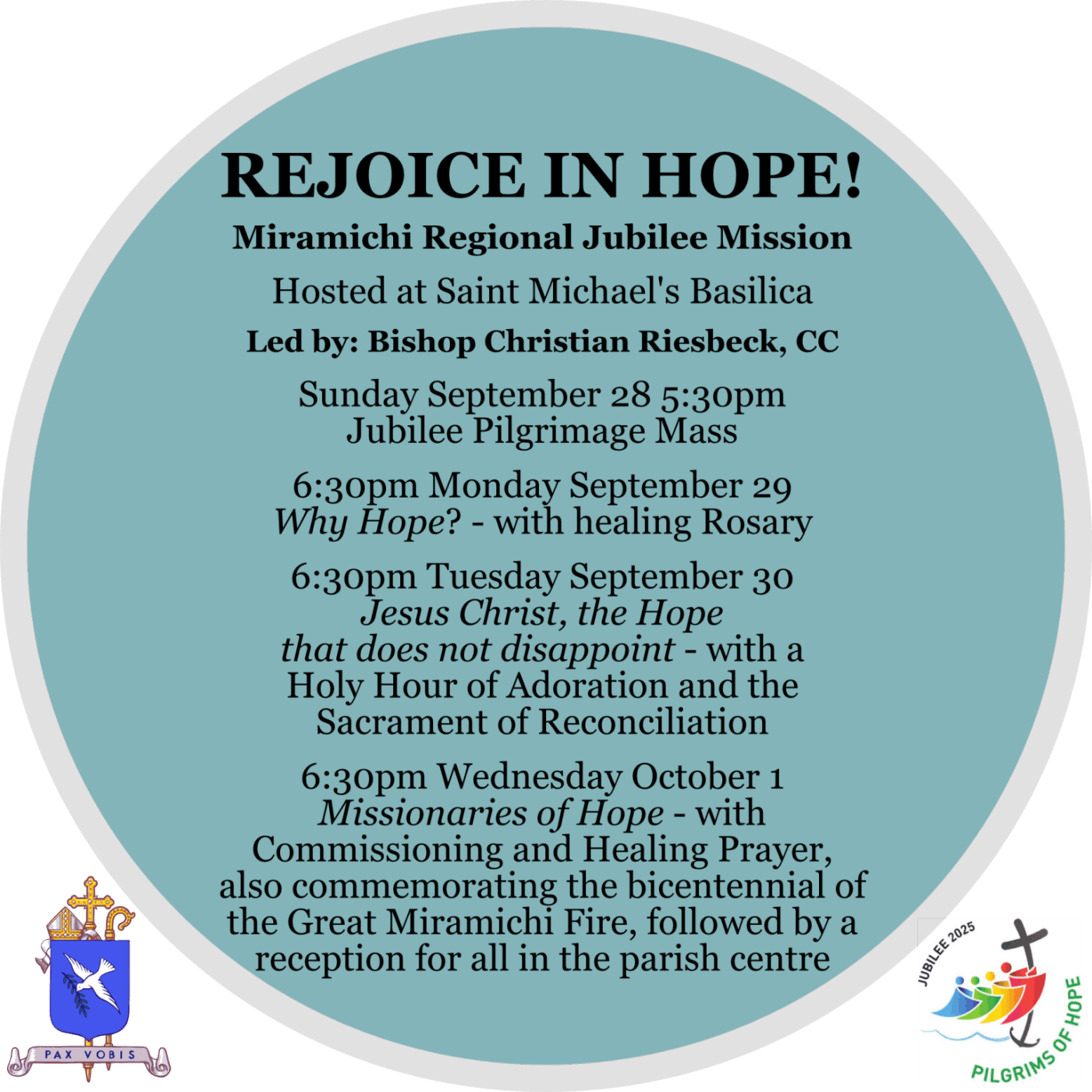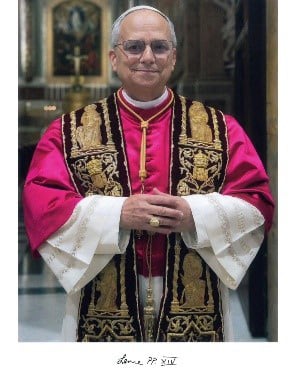This year’s theme “Peace with Creation” draws from Isaiah 32:15-16, “Until the Spirit is poured upon us from on high, the wilderness becomes a fruitful field…Then justice will dwell in the wilderness, and righteousness abide in the fruitful field.” In Pope Leo’s XIV address for the World Day of Prayer for the Care of Creation 2025, he notes, “now is the time to follow words with deeds…By working with love and perseverance, we can sow many seeds of justice and thus contribute to the growth of peace and the renewal of hope.” (excerpts from the WCC Season of Creation)
There is no denying that we are in an ecological crisis with the earth’s temperature rising every year along with the depletion
of the earth’s natural resources exploited by world consumption. Sadly, the damage to the environment affects the poor most of all as they live in the most vulnerable locations across the globe. As we enter into the Season of Creation this coming Monday, September 1st, we offer the following reflection and an invitation to join in the praying of the ‘Care of Creation Rosary’:
‘Called to your Table’
You said: “Let there be, and so there was. Creation awakened.
Reaching towards you, life sang your praises. Each seed, each atom replied to your calling;
Each plant, each creature – knowing unmasking.
You said: “Let them live”, and so we did. Creation: abundant, reaping the harvest, called to your table. Each woman, each man, each daughter, each son, - praising rejoicing.
You said: “Let them share”, and how we fail. Creation: unbalanced, wasting, destroying, we take from others. Keeping, withholding, we fail to notice hunger and weeping.
We say: “Let us learn”, and so we must. Creation: restored. Giving and taking: to each life sufficient. Each to another, filled with your bounty each prayer, each answer.
Building, remaking. (Prayer by Catholic Agency for Overseas Development (CAFOD))
Care of Creation Rosary – The Joyful Mysteries. As we continue to pray the Rosary every Thursday morning at 10:30am at Holy Family Church, please join us during this special Season as we pray the ‘Care of Creation Rosary’ as a way to nourish our commitment to care for the earth.
Beyond our prayers, let’s build upon this Season of Creation and make it our responsibility to become good stewards, seeking justice, reconciliation and the healing of the earth, for all.

